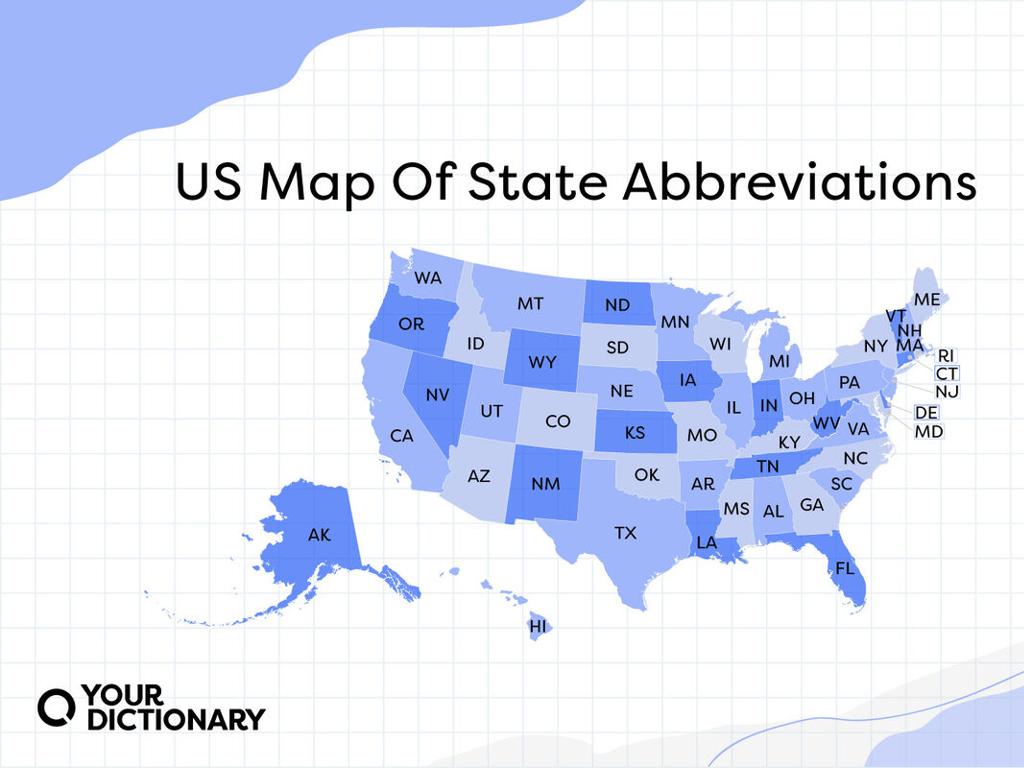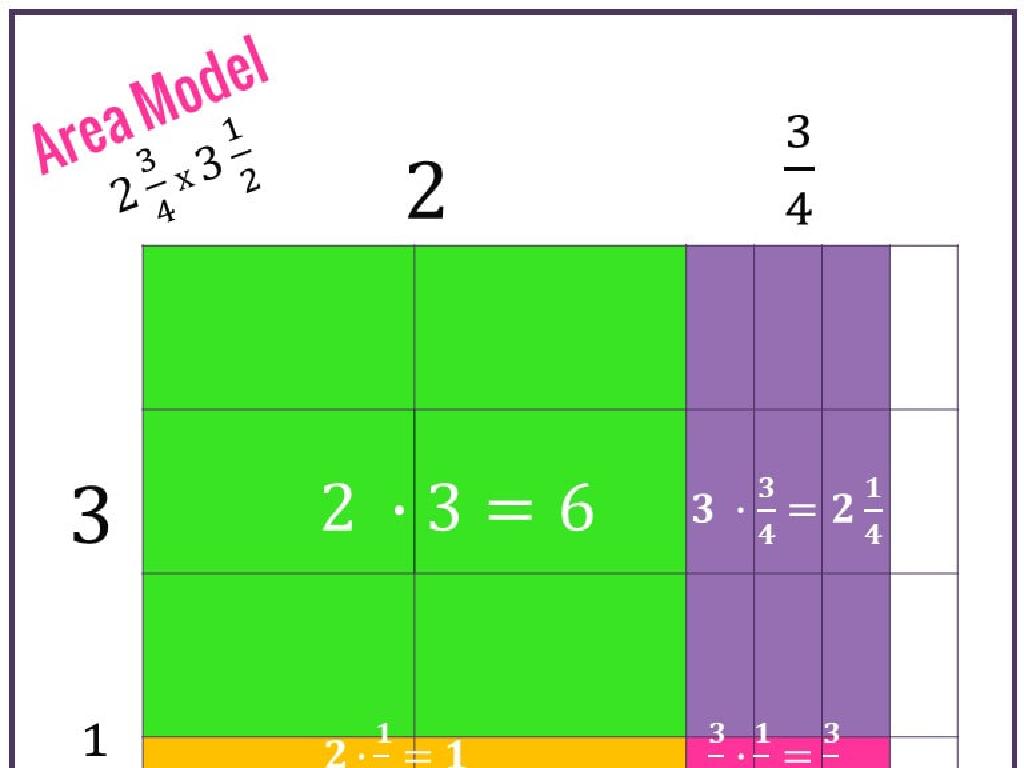Acute, Right, Obtuse, And Straight Angles
Subject: Math
Grade: Fourth grade
Topic: Angle Measurement
Please LOG IN to download the presentation. Access is available to registered users only.
View More Content
Introduction to Angles
– What are angles?
– Angles are formed by two rays meeting at a point.
– Angles in daily life
– Doorways, slices of pizza, clock hands show angles.
– Types of angles
– Acute, right, obtuse, and straight angles.
– Exploring angle examples
– We’ll look at real-life examples of each type.
|
Begin the lesson by explaining that angles are a fundamental concept in geometry, formed when two rays meet at a single point, called the vertex. Highlight how angles are everywhere in our daily lives, such as the corners of a book, the hands on a clock, or the way a door opens. Introduce the four types of angles: acute (less than 90 degrees), right (exactly 90 degrees), obtuse (more than 90 but less than 180 degrees), and straight (exactly 180 degrees). Use real-life examples to help students visualize and understand each type of angle. Encourage students to look around the classroom or at home for examples of each type of angle for a more interactive learning experience.
Exploring Angles
– Understanding what an angle is
– An angle is formed when two lines meet at a point
– Discovering the vertex
– The vertex is the exact point where the two lines connect
– Identifying the arms of an angle
– The arms are the two lines that extend from the vertex to form an angle
|
This slide introduces the basic concept of angles to fourth-grade students. Begin by explaining that an angle is created when two lines meet at a point, and this point is called the vertex. The lines are known as the arms of the angle. Use visuals to help students identify these parts of an angle. Encourage students to look around the classroom for real-life examples of angles, such as the corners of a book or the hands of a clock. This will help them understand the concept and see the relevance of angles in everyday life. The goal is to ensure students can recognize and describe the components that make up an angle before moving on to classify different types of angles.
Exploring Acute Angles
– Acute angles: less than 90 degrees
– An angle smaller than a right angle
– Acute angles in everyday life
– Examples: slice of pizza, tip of a pencil
– Using a protractor to measure
– Place the center of the protractor on the vertex
– Practice finding acute angles
|
This slide introduces students to acute angles, which are angles measuring less than 90 degrees. Start by explaining that any angle smaller than a right angle is considered acute. Show them everyday objects that have acute angles, such as a slice of pizza or the tip of a pencil, to make the concept relatable. Demonstrate how to use a protractor to measure an angle by placing the center hole over the angle’s vertex and lining up one side of the angle with the zero line of the protractor. Encourage students to find and measure acute angles in the classroom or at home for practice.
Exploring Right Angles
– Right angles measure 90 degrees
– Find right angles around us
– Look at the corners of the room, books, or your desk
– Use a square to test angles
– Place the square’s corner on the angle to see if it fits perfectly
– Why right angles matter
|
This slide focuses on right angles, which are a fundamental concept in geometry. A right angle is one that measures exactly 90 degrees, often marked with a small square at the vertex. Encourage students to identify right angles in the classroom by observing objects like the corner of a book or the edge of a desk. Introduce the use of a carpenter’s square or a square piece of paper to check if an angle is a right angle by placing it on the corner and looking for a perfect match. Explain the importance of right angles in construction and design for stability and reference. For the activity, students can use squares to find and test right angles in the classroom, fostering hands-on learning and practical understanding.
Exploring Obtuse Angles
– Definition of obtuse angles
– An angle greater than 90° but less than 180°
– Obtuse angles in playgrounds
– Look at slides, swings, climbing frames for obtuse angles
– Comparing different angles
– How obtuse differs from acute and right angles
– Recognizing obtuse angles
|
This slide introduces students to obtuse angles by defining them and providing relatable examples from the playground. Students will learn that obtuse angles are wider than right angles but not as wide as straight angles. Encourage students to visualize and compare angles by looking at common playground equipment, which often includes obtuse angles. This comparison will help solidify their understanding of the differences between acute, right, and obtuse angles. To ensure comprehension, ask students to identify and draw obtuse angles they see in the classroom or at home.
Exploring Straight Angles
– Straight angles measure 180°
– It’s like a flat line or the letter ‘I’
– Find straight angles in books/laptops
– When you open a book, the angle at the binding is 180°
– Straight angles form a straight line
– Imagine drawing a line without any bends; that’s a straight angle
|
This slide introduces students to the concept of straight angles, which are exactly 180 degrees. Use everyday objects like open books or laptops to help students observe and understand straight angles in a tangible way. Explain that a straight angle forms a straight line and can be thought of as a line that doesn’t bend. During the presentation, demonstrate with an open book and show how the angle at the binding represents a straight angle. Encourage students to find and draw examples of straight angles. This will help them recognize straight angles in various contexts and understand their significance in geometry.
Let’s Practice Measuring Angles!
– Use a protractor for angle types
– A protractor helps measure angles accurately. What’s an acute angle on a protractor?
– Pair up for a measuring activity
– Work with a classmate to measure angles in objects around the classroom.
– Record your angle measurements
– Write down the size of each angle you measure.
– Discuss findings with the class
– Share what types of angles you found and how you measured them.
|
This slide is designed for a hands-on activity where students will use protractors to measure various angles. Begin by demonstrating how to use a protractor to measure acute, right, obtuse, and straight angles. Pair students up and provide them with a list of items or shapes to measure. Encourage them to record their findings accurately. After the activity, regroup and discuss the different types of angles they measured, ensuring they understand the concept of angle measurement. Provide guidance on how to read a protractor correctly and how to distinguish between the types of angles. This activity will help solidify their understanding through practical application.
Class Activity: Angle Hunt!
– Find angles in the classroom
– Classify each angle type
– Acute: less than 90°, Right: exactly 90°, Obtuse: more than 90° but less than 180°, Straight: exactly 180°
– Record your angle findings
– Use a chart to list the angles and their types
– Share with the class
|
This interactive activity encourages students to explore their surroundings and identify various angles in everyday objects. Provide students with a brief review of angle types: acute (less than 90 degrees), right (exactly 90 degrees), obtuse (more than 90 degrees but less than 180 degrees), and straight (exactly 180 degrees). Equip them with tools like protractors or angle finders if available. After the hunt, ask them to record their findings in a chart, categorizing each angle they find. Finally, have each student present their most interesting find to the class, explaining how they classified it. This will help reinforce their understanding of angle types and measurement. Possible angle sources: edges of books, doorways, opened box lids, or the hands of a clock.
Recap: Types of Angles and Their Importance
– Review of angle types
– Acute: less than 90°, Right: exactly 90°, Obtuse: more than 90°, Straight: exactly 180°
– Why angles matter
– Angles are everywhere! They help us understand shapes, build things, and solve problems.
– Looking ahead to angle measurement
– We’ll learn how to measure angles with a protractor.
– Practice makes perfect
|
As we wrap up today’s lesson, let’s review the types of angles we’ve learned: acute, right, obtuse, and straight. Understanding these basic concepts is crucial as angles are fundamental in geometry and are used in various real-life applications, from construction to art. Next class, we’ll dive into how to measure these angles, which will be an exciting and practical skill for the students. Encourage the students to look around their environment and identify angles they see every day. For homework, ask them to draw examples of each type of angle to reinforce their understanding and prepare them for our next lesson on angle measurement.





